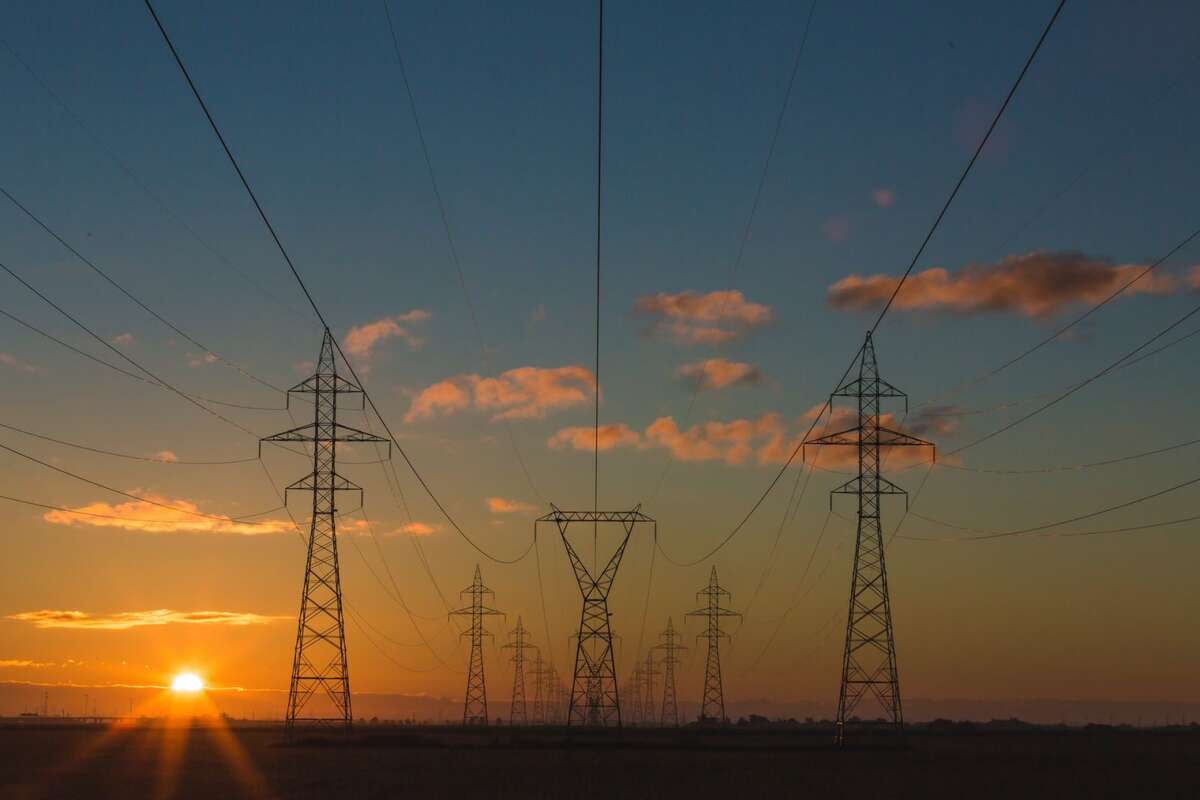Decarbonizing the energy sector will require the use of multiple renewable strategies. Exclusively promoting solar or wind is missing the point — overdependence on one idea creates logistical and environmental anxieties. Valuing each innovation and energy vertical equally is the key to success for renewable manufacturers, installers and engineers — and the planet.
Replacing Fossil Fuel Reliance With Decarbonization
Renewable energy diversification requires eliminating fossil fuels and replacing them with decarbonizing infrastructure with low to no greenhouse gas emissions. It will be the most prominent hurdle in achieving net zero, especially when efforts like blue hydrogen capture allow fossil fuel corporations to greenwash and manipulate consumers.
Embracing an array of renewable avenues means shifting mindsets to default to any of these options before seeking natural gas, coal or oil:
- Solar
- Biomass
- Wind
- Geothermal
- Hydrogen
- Hydropower
Supplementing newly integrated green infrastructure — from battery storage to smart home monitors and automation — is easier when a long list of options supports decarbonization. It eliminates fossil fuels as a blanket alternative.
For example, an office building may primarily use solar panels but have a diesel generator in the event of an outage. Diversification is an advertisement for more reliable and cost-effective eco-friendly technologies than conventional fossil fuel-based machinery.
Reducing Pressure on Raw Materials
Each green energy generation system leverages unique substances — solar panels require silicon, while turbine blades need fiberglass and epoxy. If the world’s most populated nations dedicated their renewable energy budgets and professionals to a singular method, resources could run dry quickly. Laborers would sap environments and eventually reach the bottom of the proverbial well.
Diversification allows nations to protect their natural lands better and enforce greater oversight in land management, primarily for prone biomes like rainforests, deserts and mountain ranges. Restoring and keeping these habitats healthier despite extracting resources equates to more carbon sequestration — a pillar to net zero objectives.
Employing multiple generators allows various natural resources and manufacturing processes to become more dependable, minimizing supply chain shortages and delays. Demand levels and pressure alleviates in areas with denser stores of metals and elements.
The freedom from pressure allows energy workers to gain granular insights about each raw material, leading to better research and development for making ingredients even more eco-conscious for net zero goals.
Addressing Energy Equity and Access
Eco-social justice and environmental racism are embedded into sustainability conversations. The least privileged areas need green energy the most. However, they are often exploited for their labor or natural resources. An energy mix increases the chances that cost-effective and resilient renewable infrastructure will reach underserved communities.
Energy equity is critical for empowering communities. Renewables create three times as many job opportunities compared to fossil fuels for every £1 million invested. Steady employment reinforces financial security, reducing stressors from many life aspects, including fossil fuel-related health concerns, poverty, food scarcity and housing.
Emphasizing Circular Economic Practices
Diverse building parts and generation types promote a circular economy because green power inherently reduces waste and improves efficiency. Consider waste-to-energy solutions and how they transform landfills into shadows of what they once were. Corporations may capture residual energy and carbon for supplemental applications.
The eco-conscious mentalities surrounding renewables encourage deeper exploration into challenging cradle-to-grave structures established by conventional energy generators.
Instead of letting power plants fade into obscurity as infrastructure crumbles and pollutes the environment, energy diversification promotes recycling, repurposing and retrofitting when equipment reaches the end of its life cycle. Diversification gives the planet time to refine these processes so materials stay in production streams as long as they are useful and are responsibly disposed of when they are not.
Diversifying the Green Energy Portfolio
Energy professionals must treat the future of renewability like stock market experts view a balanced portfolio — placing every dollar into just one asset increases risk. Diversification forges resilience, reliability and consistency, allowing expansion to happen more smoothly to reach sustainable development goals.









